
Olive oil tasting is a sensory exploration that highlights the rich variety and exceptional quality of Olive Oils from Spain (EVOOs). Spain’s EVOOs stand out globally, offering a depth of flavor that transforms any dish. Learning how to taste olive oil unveils these unique qualities, connecting us to a tradition that combines craftsmanship, culture, and culinary artistry. The olive oil story is steeped in history, with Spain being a leader in the production of some of the finest extra virgin olive oils in the world.
At its core, a proper olive oil tasting experience is built upon three fundamental pillars: aroma, flavor, and gastronomy.
- Aroma Experience: This phase involves a blind tasting guided by the sense of smell, where participants learn to recognize the distinct aromas of various olive oils. Spanish EVOOs often exude scents of green apple, fresh grass, or almonds, among other flavors, each variety offering a unique aromatic profile.
- Flavor Experience: The next step is a blind flavor test, often accompanied by different breads or even apple to cleanse the palate. Tasters distinguish between fruity, bitter, spicy, or sweet notes, honing their ability to identify subtle differences between oils.It’s essential to note that the color of olive oil is not an indicator of its quality. High-quality olive oils can range in hues from pale yellow to vibrant green, with the variation depending on factors like the olive variety, ripeness, and processing methods.
- Gastronomic Experience: Finally, the tasting explores how each variety of EVOO enhances the flavors of specific dishes, providing guidance on pairing the perfect olive oil with your favorite meals.
How to taste olive oil: step-by-step guide
1- Preparation
- Choose a suitable environment: Ensure the room is well-lit and free from strong odors.
- Select your olive oils: Use Spanish EVOOs to appreciate their diverse flavor profiles.
2- Warm the extra virgin olive oil
Pour a small amount of oil into a glass. Ideally, a crystal goblet or any glass that is easy to hold and warm with your hands. In professional tastings, opaque glass cups in shades of blue or red are used to avoid seeing the color of the extra virgin olive oil and influencing the perception of taste based on color. Cup it in your hands to gently warm the extra virgin olive oil, which releases its aromas.
3- Smell the extra virgin olive oil
Bring the glass to your nose and inhale deeply. Spanish EVOOs typically offer aromas ranging from fruity and grassy to nutty or floral, depending on the variety and region.
4- Taste the extra virgin olive Oil
Take a small sip and let it coat your palate. Note the extra virgin olive oil’s flavor, bitterness, and spiciness. High-quality Spanish olive oils often balance these elements beautifully, showcasing flavors like green apple, almond, or freshly cut grass, among others.
5- Evaluate the Aftertaste
The finish should be pleasant and linger without being overly heavy. The peppery sensation at the back of your throat, common in robust Spanish EVOOs, is a sign of high-quality antioxidants.
Tips for hosting your olive oil tasting
Enhance your tasting experience by pairing Spanish EVOOs with different types of bread, each complementing specific olive oil varieties:
- Arbequina: Pair with sweet, aromatic breads like raisin or fig bread.
- Cornicabra: Ideal for robust breads such as those with dried fruits or honey.
- Hojiblanca: Versatile, perfect with herbal or rye breads.
- Picual: Matches strong-flavored breads like cheese or onion.
Tasting olive oil offers a gateway to Spain’s culinary treasures. By following this olive oil tasting guide, you’ll savor the true essence of Spanish EVOOs.
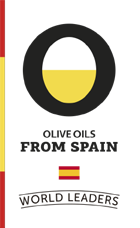


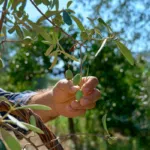


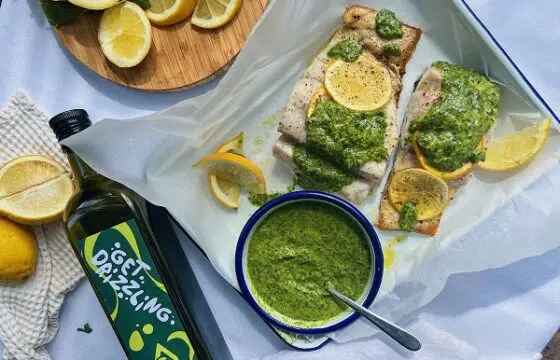
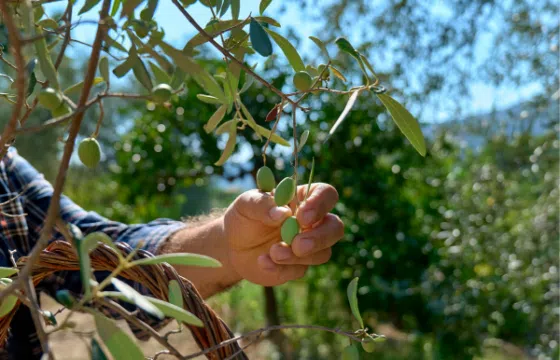
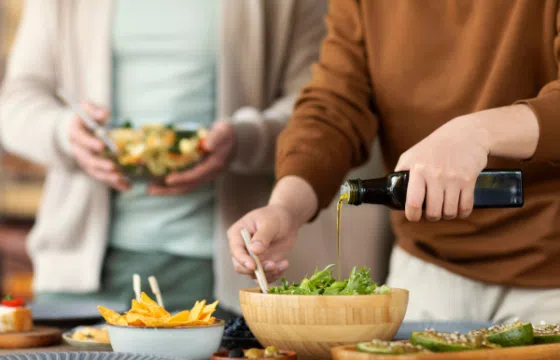

0 Comments